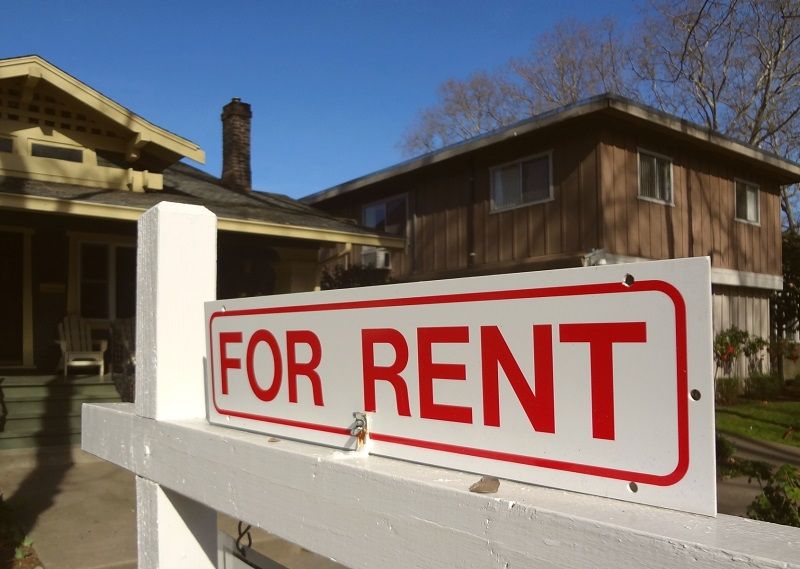The cost of obtaining a college degree is rising rapidly, leading some people to advocate that taxpayers subsidize even more of the cost. They assume that the state will benefit economically if more of its citizens obtain higher educations.
And yet, as one researcher puts it, “One of America’s most durable myths is that the more people who graduate from college, the more the economy will grow.”[1] In fact, that conclusion may depend on how those educations are paid for. Richard Vedder, author of the book Going Broke by Degree,[2] found evidence that states which provide more higher education funding actually have slightly lower economic growth rates than states which provide less.[3] That is likely because individuals know their needs better than politicians do, so leaving the money in private hands produces better results.
Professor Vedder also concludes that higher education prices are rising rapidly because of the predominant role of third-party payments, including federal and state support for institutions and students: “When some[one] else is paying a lot of the bills, students are less sensitive to the price, thus allowing the colleges to care less about keeping prices under control.”[4] This leads to even higher overall costs, just as it does in K-12 education and health care, both of which rely on a growing amount of funding from governments, rather than from consumers of the services.
Oregonians will vote on such a proposal this November. The Opportunity Initiative [Measure 86] was referred to voters by the state legislature at the request of State Treasurer Ted Wheeler.[5] It is a Constitutional Amendment allowing the state to issue General Obligation Bonds to create a permanent fund to subsidize student higher education costs. Principal and interest on the bonds will be paid back over 30 years out of the state General Fund, which means primarily out of the pockets of individual income tax payers. The fund will be invested, presumably at higher rates of return than the interest rate on the bonds, and the returns will be used to provide some form of student subsidies.
When first proposed in 2012, the initial “ask” of the legislature would have been to borrow $500 million. The fund would be projected to grow to $6 billion in 30 years, primarily through investment earnings and some future borrowing. That “ask” has since been pared down to a possible $100 million in the first biennium.
Putting the questionable investment assumptions aside for now, this proposal is flawed for another reason. It assumes higher education costs will continue to rise into the foreseeable future. The recent housing bubble should remind us that, as good investment advisors warn, “trees don’t grow to the sky.” America’s large, growing student debt load may very well be the next great bubble. As more than one noted scholar says, America’s higher education industry “…is showing every indication of a bubble that is about to burst.”[6]
If the higher education bubble is about to burst, why should Oregon taxpayers be saddled with repaying perhaps $100 million or more in bond debt, plus interest, over the next thirty years?
What would make this bubble burst? There is a combination of possibilities, but one of the most intriguing is suggested by Opportunity Initiative chief sponsor Ted Wheeler himself. During a public talk last October, Treasurer Wheeler was asked if large donations to our universities for sports programs are properly used, and by inference if the money from the Opportunity Initiative would be properly used.[7]
The Treasurer first responded that if wealthy alumni want to donate to build sports stadiums, and the universities say they need them, he thinks that’s fine. Then, he said this:
“That said, I do criticize the university system for being very slow to adapt the opportunities around technology. There’s a lot of institutional inertia in the university system, just as there is in Salem. And, all of these new technologies have opened up new windows to learning that do not require a student to even be in the same state.
[Pulling out his smartphone] “I have an entire program on my phone called iTunes University and I can listen to lectures from all around the world from some of the most noted academics in the world, and it doesn’t cost me a cent. All I have to do is have a long commute, which I do.
“And this is one example of—and I hate to use the word game-changer too much—but this undercuts the entire economic model of the university system as it currently exists today.”
To repeat, “this undercuts the entire economic model of the university system as it currently exists today.” This answer seems to undercut Treasurer Wheeler’s own arguments in favor of the measure. iTunes University is just one of many online higher education options available today, and more are coming tomorrow. [8],[9] If this technology will drive down higher education costs for students, why saddle Oregon taxpayers with perhaps $100 million or more of debt to subsidize the old, high-cost economic model? The answer is we shouldn’t.
Steve Buckstein is Founder and Senior Policy Analyst at Cascade Policy Institute, Oregon’s free market public policy research organization.
[1]George Leef, “Higher Education: The Conventional Wisdom Is Wrong,” Forbes.com, 10-13-2013, forbes.com/sites/georgeleef/2013/10/17/higher-education-the-conventional-wisdom-is-wrong/
[2] Frank Donoghue, “Richard Vedder on the Ills of Higher Education,” The Chronicle of Higher Education, 2-25-2011, chronicle.com/blogs/innovations/richard-vedder-on-the-ills-of-higher-education/28716
[3] Richard Vedder, “Going Broke by Degree:Why College Costs Too Much,”2004, pp 128-145, amazon.com/Going-Broke-Degree-College-Costs/dp/0844741973
[4]Richard Vedder and Matthew Denhart,“Why does college cost so much?”,CNN.com, 12-2-2011, cnn.com/2011/12/02/opinion/vedder-college-costs/
[5] Ted Wheeler, Oregon State Treasurer, “The Opportunity Initiative,” oregon.gov/treasury/AboutTreasury/Pages/Opportunity-Initiative.aspx
[6] Arthur C. Brooks, “My Valuable, Cheap College Degree,” New Your Times, 1-31-2013, nytimes.com/2013/02/01/opinion/my-valuable-cheap-college-degree.html
[7] Ted Wheeler, Washington County Public Affairs Forum, October 28, 2013. 59-second answer: youtube.com/watch?v=ZMPMtmEyieg. Entire hour-long presentation with Q&A: youtube dot com/watch?v=l1hYXGA3CLA. Relevant question starts at 52:16.
[8] iTunes University, apple.com/education/ipad/itunes-u/
[9]“Massive open online forces,” The Economist, 2-8-2014, economist.com/news/finance-and-economics/21595901-rise-online-instruction-will-upend-economics-higher-education-massive











